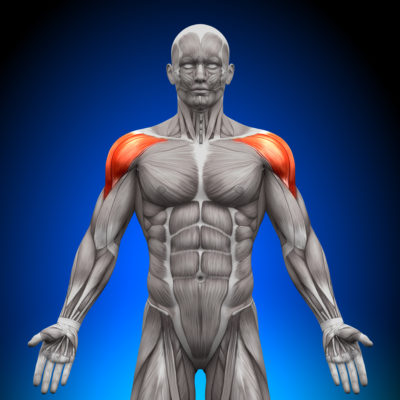
Today was our first day in the lab. If you read my prior post, you know that I’m at the Laboratories for Anatomical Enlightenment in Phoenix, AZ, participating in a week long cadaver lab training hosted by Yoga Medicine Founder, Tiffany Cruikshank. Â We had our lecture yesterday and today was the first day in the lab and meeting the Lab Director, Todd Garcia.
Today was the day for us to break up into groups and meet the donor that we would be working with for the week. This was the hardest part for me; this initial look at the donor I’d be working with and getting over that initial feeling of anxiety and concern around what it would be like to first see the donor. The face of the donor is covered by the rest of the body is exposed. When we first saw the donors, we had a chance to visually observe and inspect and begin to make comments about what we saw. I was able to remove myself from the emotional aspect of being with the donor and was able to focus on the scientific and learning aspect and that was helpful for staying grounded.
We proceeded throughout the day with the task of removing the superficial layer, the epidermis. We then exposed the dermis, the adipose (fat) tissue and worked to see the fascia profunda, the shiny covering around muscles. This activity was conducted with the donor supine (on their back) and took most of the day. We ended the day by finishing this task and will return tomorrow to continue with the task by placing the donor in the prone position.
Some of the observations from today include:Â
One of the more interesting observations was the idea that because you can’t have anything in the lab with you, you’re basically there to observe and comment on what you see, versus taking an anatomy book, for instance, and starting to look for structures in the book and then in the body in front of you. This approach left you much more open to observe and notice things at a level that would be quite different, should you have a book. For instance, if I look at a book and saw a picture of the pectoralis major, I might be constrained by what I see in the book and look for that in the donor, when in fact, the quality of the donor’s pectoralis major might be quite different. I also noticed how, without having the constraints of a book, I was freed up to observe more, touch, notice qualities of look, feel and tension in the tissue on my own.
It was remarkable to start to see the structures that we discuss so often in class, on a person, to see how these structures look, feel and move as the body moves. One example of this was the observation of the iliotibial band, and the shiny look of the facial layer as well as the movement of the muscle as we manipulated the leg. We also saw the range of motion of the knee compared to the hip, moved the shin medially, as one would in Pigeon Pose, and did so while flexing the foot to see indeed if the tibialis anterior contracted as well. These are all things we hear and may say in class; “Flex your foot to protect your knee” but it was interesting to actually see what happens under the skin when you do that.
If you look at someone through the lens of trying to create balance or having “balance” as a baseline from which to observe differences from, you can begin to make all sorts of observations about the body. I talk about this when I teach anatomy to teachers and we start with a discussion of anatomical position and what qualities we can observe about the body while in anatomical position. Â We can apply the same exercise to the cadaver and we did in fact, when looking at all of the cadavers, make observations based on how much balance we saw in them. Were their hips level? What about leg length? What about the quality of each shoulder and hip upon observation? While we didn’t have any information about how they lived their life, you could certainly observe and make some guesses about their posture, the impact of any particular unique structural issues in their body and other things that might have an impact on something we might consider out of balance.
Overall, I think the most remarkable thing, other than the immense feeling of ongoing gratitude we feel for these donors willingly donating themselves for our learning purposes, is that idea that what we see in books really does happen! Not that I doubted it, of course, but this idea that we read about it, we see muscles in print and then, once you begin your dissection, there they are and they do just what you thought they would. It’s really remarkable.
Tonight’s end of day task is a yoga practice to move the body and also to bring some of what I saw to life in my own body. This experience has given me a whole new view into the body and I can’t wait to apply it to myself!
Thanks for reading. I look forward to writing tomorrow.
Namaste.
